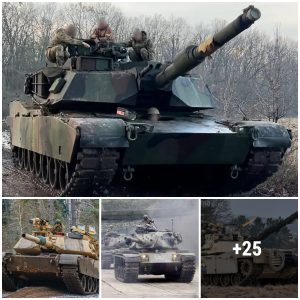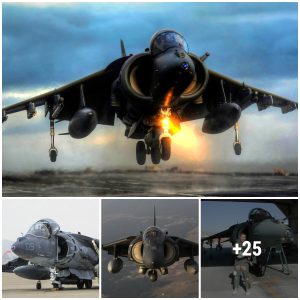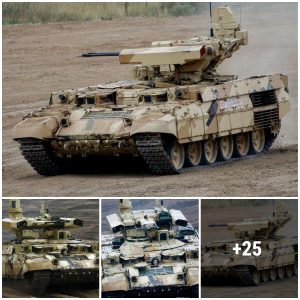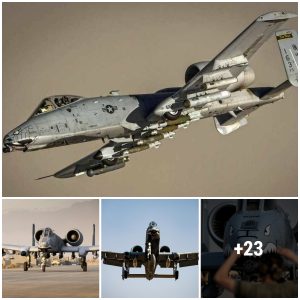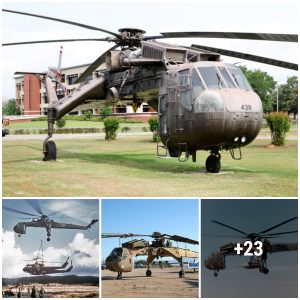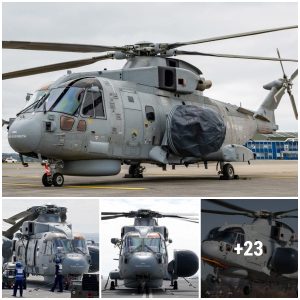The United States Air Force will soon have a new cargo/tanker plane with a hybrid wing body. The Air Force plans to finish testing a full-size mixed-wing body cargo/tanker aircraft within four years, according to the current Climate Action Plan.
In the long run, the demonstrator could be the basis for a whole fleet of operational mobility aircraft. The idea says that the US Air Force might not need to buy a “bridge tanker.”
The Air Force Climate Action Plan, which was released on October 5, lists a number of ways that existing aircraft can save fuel. These include adding winglets, vortex generators, compressor blade liners, and more efficient engines.
But by FY27, one of the “major deliverables” of the fleet modernization will be a “full-scale mixed-body prototype aircraft.” This aircraft will have been built, tested, and approved.
As the name suggests, a blended-wing body aircraft is a huge flying wing that has its wings built right into its cylindrical fuselage.
The idea has been studied for decades because it is more aerodynamically efficient than a cylinder-shaped plane and has a much bigger space inside for fuel and payload. From 2007 to 2013, Boeing tried out the X-48 subscale demonstrator in many different ways.
According to the climate report, the Air Force is working with NASA, the Defense Innovation Unit, and “industry partners” on a huge new project to “accelerate the development of ultra-efficient aircraft designs for future tanker and mobility aircraft.”
According to the paper, “this aircraft design improves aerodynamic efficiency by at least 30% over current Air Force mobility and tanker aircraft and allows for much larger fuel unloading over distance,” making it perfect for ensuring strike capability in a contested situation.
Because of how they are made and the fact that they don’t have vertical stabilizers that are very radar-reflective, flying wing aircraft tend to have a smaller radar cross section than other types.
The Air Force couldn’t say if the plane would be called a “X-plane” like the X-48 or what part the Air Force Research Laboratory would play in the project.
The Air Force says that more efficient planes can “substantially improve combat capabilities” by increasing payload range, reducing the need for more tankers or forward-based refueling facilities, and lowering the “risk to logistics supply chains.”
In July, the Defense Innovation Unit sent out a request for information to get ideas for mixed-wing aircraft that could be used for future tankers, cargo planes, and even commercial planes.
Through August 2, the RFI asked for responses from the industry that “offer at least 30% better aerodynamic efficiency than the Boeing 767 and Airbus A330 families of commercial and military aircraft.”
The KC-46 Pegasus is based on the 767, while the KC-30 Multi-Role Tanker Transport (MRTT) is based on the A330. Lockheed Martin has suggested the LMXT version of the MRTT to meet the Air Force’s “bridge tanker” requirement.
The Air Force would use these planes to connect to their “KC-Z” stealth tanker, which could fly and refuel in the contested airspace. Recent statements from the Air Force show that the proposed plane would be much smaller than a normal tank.
The RFI talked about the “operational advantages” of mixed-wing aircraft, such as their longer range, shorter turnaround times, and higher load capacities.
Frank Kendall, the secretary of the Air Force, thinks that a reworked KC-46 will meet the need for a “bridge tanker,” but he has warned the aviation industry that more work is needed.
Lockheed Martin has shown many versions of a tanker/cargo aircraft with combined wings at the AFA air, space, and cyber conferences that happen every two years.
According to the request for information (RFI), an aircraft with a new wing body and engine technology in 2030 could use 60% less fuel for missions than aircraft today.
Companies that answered the DIU’s call in July had to show a detailed plan for “designing, developing, testing, verifying, validating, and certifying the system” in order to be considered for “building a tracking prototype, live flight, and production.”
Those who wanted to help design and build the plane were told they had to use digital tools, with an open mission systems architecture in mind to allow for frequent updates and healthy competition.
The RFI did not, however, give a time frame for when a mixed-wing body aircraft might take its first flight. By the looks of the climate report, the question has been answered.
